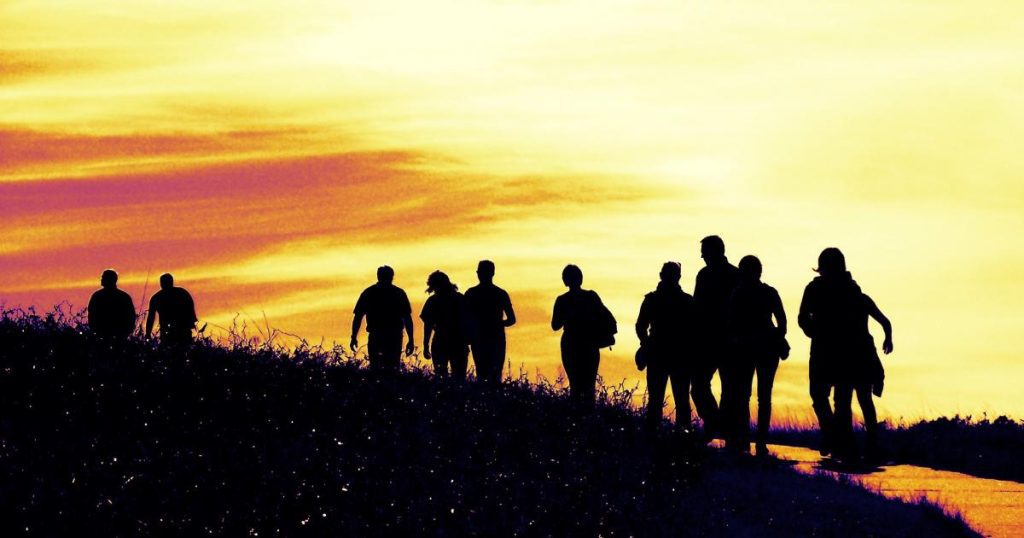“For years, Summarizes E&E News (“Environment and Energy”), countries [insulaires] They raised the issue with little success as rising sea levels gnaw their shores. Now they are becoming more challenging in negotiations. »
The issue of compensation for “losses and damages” has been an issue raised at the United Nations Conferences on Climate Change, or COP, for several years. Recently, it has become a priority issue, and an agreement was due to be reached at COP27, which will be held in Egypt from November 7. But Meeting in Bonn on 15-16 Junewhich is used to prepare for the COP, It ended without tangible solutions.
And it’s not just island nations that are affected: countries like Bangladesh are on the front lines of the most severe impacts, while contributing the least to global greenhouse gas emissions. But it was the island states that, in part thanks to their number (the 39-nation Association of Small Island States), were able to unite and impose some achievements: we owe them, in 2013, a formal agreement (the international agreement of the Warsaw Mechanism) on the principle of compensation for losses and damages ; However, in 2015, the United States experimented with adding a clause to the Paris Agreement stating that this principle should not be used as a basis for future legal action. This blockage It’s still going on today. At COP26 in Glasgow last November, a series of ‘dialogues’ of only three years’ duration was agreed.
Earlier this month, before meeting in Bonn, a group of 50 countries called “countries at risk” (Climate Vulnerable Forum) to climate change Publish a report It is estimated that climate-related losses and natural disasters over the past 20 years have caused these countries to lose 20% of their economic growth. At the same time, an Oxfam report estimates that humanitarian financial needs related to climate disasters would have increased from just over 1.5 billion dollars in 2002 to 15.5 billion dollars in 2021. It is in this context that we see these vulnerable countries Make a common front more and morewith other countries, in view of COP27.
This is without forgetting the fact that the money that will be allocated to “compensation” – loss of a coastline or coral reefs, deterioration of fisheries or agriculture – Not to be confused With the money promised for “adaptation”: the famous green fund that rich countries pledged a decade ago to provide an average of $100 billion annually starting in 2020, a target that is currently pushed back to 2023.

“Music guru. Incurable web practitioner. Thinker. Lifelong zombie junkie. Tv buff. Typical organizer. Evil beer scholar.”






More Stories
A large manufacturing project awaits space in the industrial zone
According to science, here are officially the two most beautiful first names in the world
Green space, 100% pedestrianized: DIX30 reinvents itself